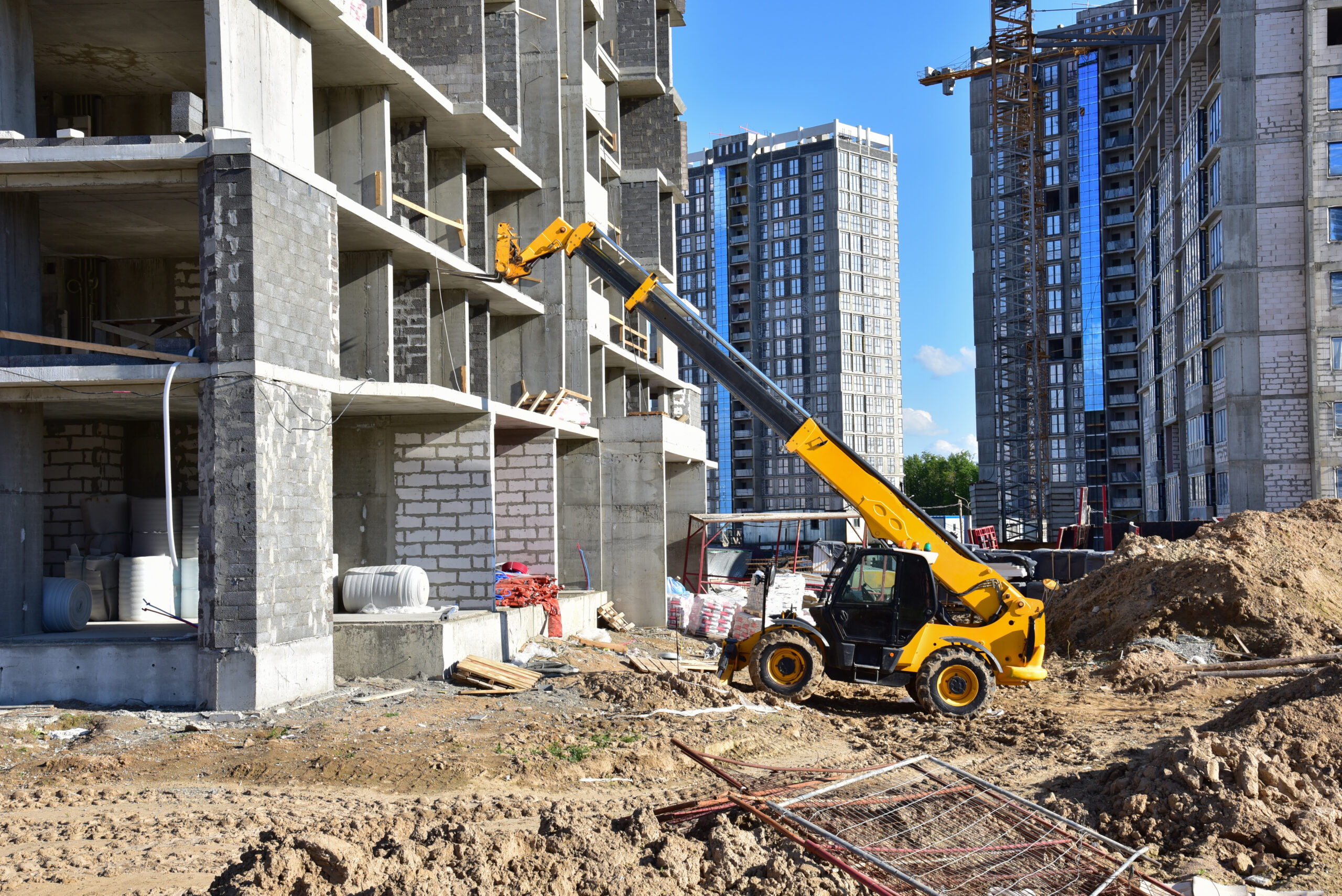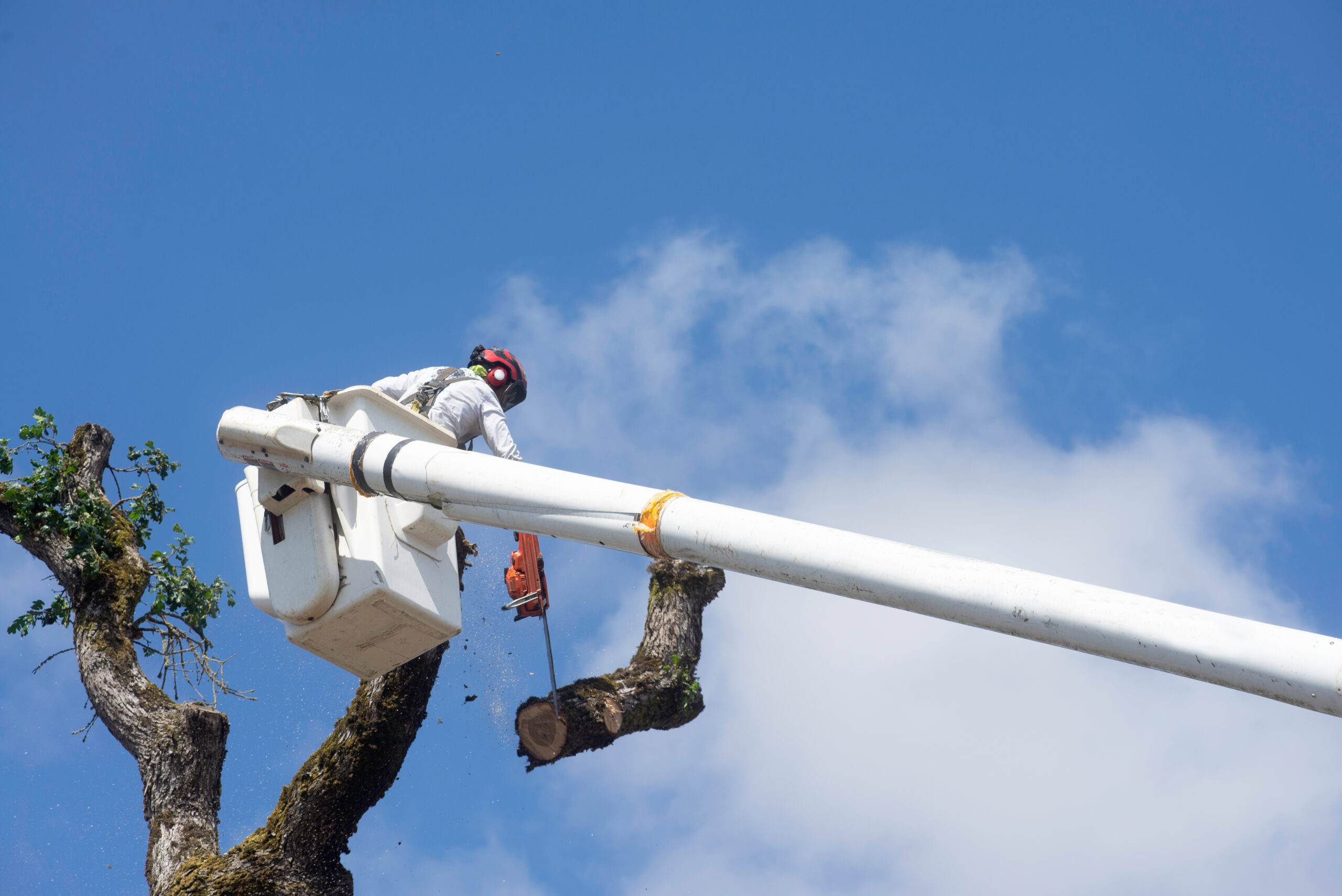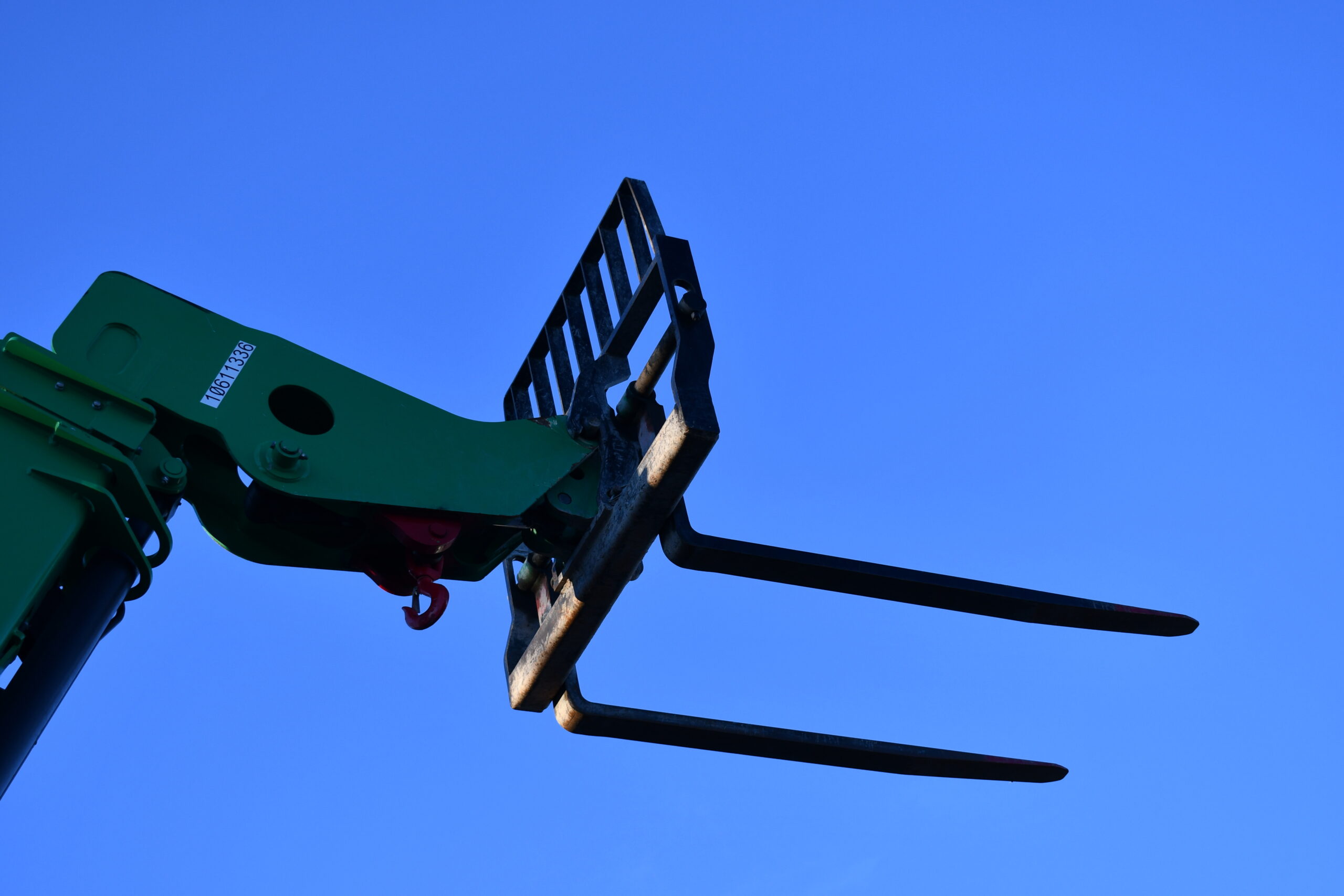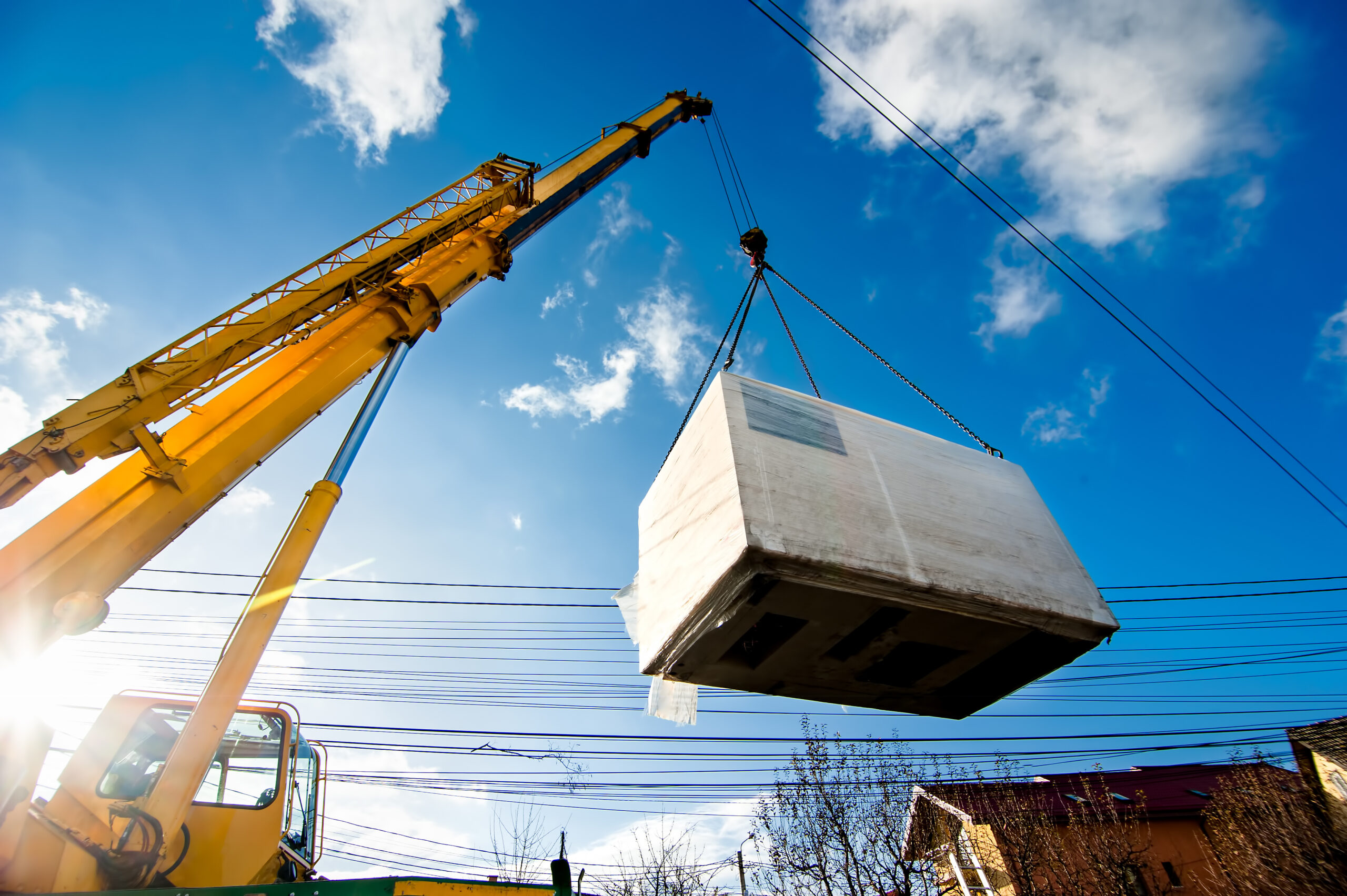
Understanding the Difference: Gantry Crane vs Tower Crane
When planning a construction or industrial project, one important decision involves choosing the right type of crane. In the comparison of gantry crane vs tower crane, each crane type serves a unique purpose and has different advantages. Choosing the right one can affect the cost, speed, and safety of your project. Whether you’re lifting HVAC units onto rooftops or constructing a tall building, understanding the difference between these two crane types is essential.
At American Erecting & Ironworks, we’ve spent over 30 years helping contractors, builders, and manufacturers in southern Wisconsin and northern Illinois select the best cranes for their needs. With a fleet of modern cranes and highly trained NCCCO-certified operators, we provide safe and efficient crane services that you can trust. Now, let’s break down the details of gantry cranes and tower cranes so you can determine which one is right for your job.
What Is a Tower Crane?
Definition and Common Uses
A tower crane is a type of fixed crane commonly seen on city skylines. These cranes are tall and anchored to the ground or a building. They’re ideal for vertical construction projects where materials need to be lifted to significant heights. Tower cranes are used extensively in the construction of skyscrapers, apartment buildings, bridges, and other large structures.
How Tower Cranes Work
Tower cranes use a horizontal jib (working arm), which pivots from a tall vertical mast. This design provides a long reach and the ability to carry heavy loads over tall distances. A counter-jib holds counterweights to balance the load, ensuring stability during lifts. Tower cranes often remain in one place for weeks or months depending on the length of the construction project.
Benefits of Tower Cranes
– Ideal for tall buildings and vertical projects
– Can lift extremely heavy loads
– Long reach makes material transport across wide areas possible
– Fixed base ensures reliable stability on high-rise constructions
Limitations of Tower Cranes
– Requires time and space for assembly and disassembly
– Not easily relocated during a project
– More expensive and complex to install
– Needs a firm foundation or anchoring to a structure
What Is a Gantry Crane?
Definition and Common Uses
On the other hand, a gantry crane is a freestanding crane with a horizontal beam supported by two vertical legs that move on wheels or a fixed track. Gantry cranes are more common in industrial environments, shipyards, and some construction sites. They’re ideal for lifting and moving heavy materials across a flat area rather than upwards into the air.
At American Erecting & Ironworks, we often use gantry cranes for machinery moving jobs—especially where flexibility and rapid setup are required. Whether you’re repositioning equipment in a factory or handling heavy beams on an open lot, gantry cranes offer versatile solutions.
How Gantry Cranes Work
Gantry cranes operate by traveling along a runway or track system, or they can be entirely mobile using caster wheels. The hoist mechanism moves along the horizontal beam, allowing side-to-side movement of loads. Unlike tower cranes, gantry cranes are not fixed to the ground, which makes them ideal for relocations and temporary job sites.
Benefits of Gantry Cranes
– Portable and can be easily moved and reassembled
– Quick setup compared to tower cranes
– Ideal for ground-level lifts and horizontal movement
– Cost-effective for shorter-term projects
Limitations of Gantry Cranes
– Not suitable for lifting to great heights
– Limited reach compared to tower cranes
– Requires ample ground space to operate
– May be affected by uneven terrain or surface conditions
Gantry Crane vs Tower Crane: Which One Should You Choose?
Project Requirements
The choice between a gantry crane vs tower crane depends largely on the scope and nature of your project. If your project involves building upwards—like constructing a multi-story structure—a tower crane is your best option. However, if your work involves transporting heavy items across a flat job site or inside factories, a gantry crane will offer the flexibility and ease of use you need.
Site Conditions
Consider your job site’s layout and stability. Tower cranes require firm ground or structural support systems for anchoring. This makes them less practical for jobs on marshy terrain or in highly compact urban construction areas without a strong foundation. Gantry cranes, on the other hand, are better suited for locations where mobility and temporary lifting are needed, often operating effectively even on slightly uneven grounds with proper adjustments.
Budget and Timeline
Time and cost are essential factors. Tower cranes require more personnel, time, and heavy-duty equipment to assemble and disassemble. Gantry cranes can typically be set up and taken down quickly, saving both time and money on smaller projects. If you’re working with a tight timeline or budget, gantry cranes are likely to be the more economical solution.
Safety Considerations
Both crane types offer excellent safety when operated correctly by certified professionals. American Erecting & Ironworks trains and certifies all crane operators to meet NCCCO standards, ensuring nothing less than top-tier safety on the job. No matter which crane type you choose, it’s crucial to work with an experienced team that values safety as a top priority.
Why Choose American Erecting & Ironworks for Crane Services?
With over three decades of experience, American Erecting & Ironworks has become a trusted partner for jobs involving heavy equipment, steel erecting, and crane operations across Racine, Kenosha, Milwaukee, and Lake County, Illinois. Our family-owned company has remained dedicated to customer satisfaction, safe practices, and reliable, on-time service.
Whether you need a gantry crane for machinery relocation or a tower crane for a concrete structure, we can help you select the best equipment for your job. Our fleet includes late-model cranes, forklifts, rough terrain telehandlers, and more, all maintained to the highest safety and operational standards.
Services We Offer
– Crane Services: Ideal for jobs like moving rooftop HVAC units or lifting steel components into place.
– Equipment Rental: Choose from forklifts, telehandlers, genie boom lifts, and more. Options available for daily, weekly, or monthly hire.
– Machinery Moving: We specialize in relocating heavy machinery with minimal disruption to your operations—even during holidays or weekends.
– Steel Sales: Need steel beams or columns? We supply a broad range of sizes directly in Wisconsin to keep your build on schedule.
With American Erecting & Ironworks, you can count on knowledgeable support and transparent communication from project start to finish. Visit AEAIWI.COM to explore our full range of services or request a custom quote.
Your Local Expert in Crane Operations
American Erecting & Ironworks has worked on projects of all sizes—from lifting massive trusses into place on commercial buildings to handling delicate machinery placement inside hospitals. No matter the scope, our crews understand how to evaluate the project site and recommend whether a gantry crane or tower crane will maximize performance and safety. Being local to the region allows us to deliver equipment more quickly and adapt solutions to meet specific state regulations in Wisconsin or Illinois.
Commitment to Safety and Service
One of the reasons contractors choose American Erecting & Ironworks again and again is our long-standing commitment to maintaining a high safety record. We invest heavily in training, ongoing education, and fleet maintenance. This ensures every crane lift—whether using a tower crane or gantry crane—is performed efficiently and without incident. Your job doesn’t slow down, and your team remains protected.
Conclusion: Making the Smart Choice Between Gantry Crane vs Tower Crane
In the gantry crane vs tower crane comparison, there is no one-size-fits-all answer. The right crane depends on your project’s vertical or horizontal needs, site layout, budget, and safety goals. Tower cranes are best for vertical construction and long-term jobs requiring heights and loads to be lifted high off the ground. Gantry cranes, on the other hand, excel at handling heavy loads in indoor or flat, open environments that demand flexibility and ease of movement.
If you’re still unsure which crane is right for your job, reach out to our expert team at American Erecting & Ironworks. Based in Racine, Wisconsin, we serve clients throughout southeast Wisconsin and northern Illinois with unmatched crane services and professional insight. Contact us at (262) 637-7177 or visit AEAIWI.COM for more info. Let’s get lifting—safely and efficiently.





